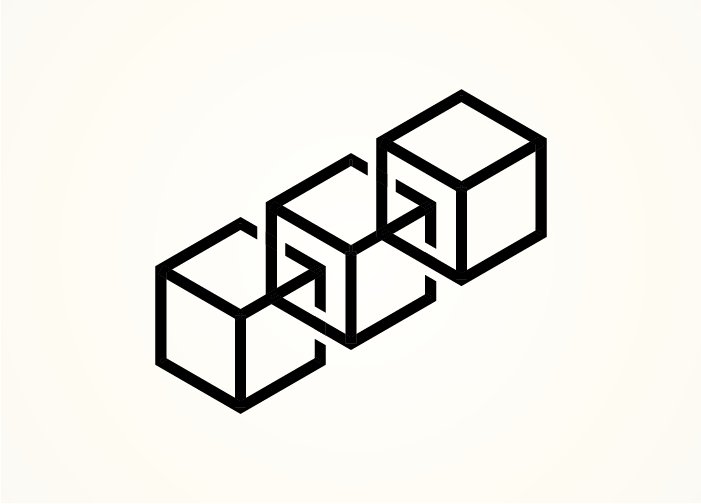I’ll try to keep this mostly non-technical but it is a technical topic, alas. . .
Because blockchains don’t scale & this is a strategy for much higher tx throughput using blockchains only as a settlement layer in a large class of use cases.
But most importantly: off-chain throughput & lack of fees create *much better user experience.*
It’s a smart contract where two parties deposit collateral; next, they can pass around signed txs (the “state”) without actually putting them on a blockchain. It’s way cheaper and faster. Eventually, the channel is closed and settled on-chain.
The term refers to operations that you perform “counter to the fact that” they aren’t actually on a blockchain. You’re simulating the behavior of a smart contract as if it *were* on-chain.
There’s only one problem: to interact with a smart contract one needs an address — but off-chain contracts don’t have one!



